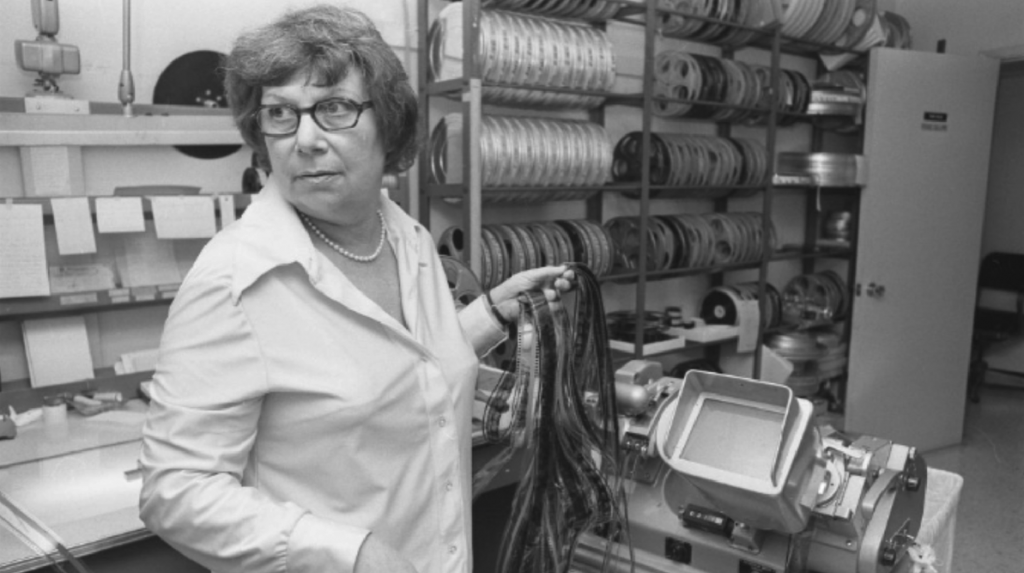Marcia Lucas
Born 1945

Marcia Lucas edited Martin Scorsese’s Alice Doesn’t Live Here Anymore and was then the supervising editor of his next two films, Taxi Driver and New York, New York. The first film by her husband George Lucas that she co-edited (with Verna Fields) was American Graffiti. She then co-edited the first Star Wars: Episode IV with Paul Hirsch and Richard Chew. They won an Oscar and a Saturn Award. Lucas co-edited the next two Star Wars: Episodes V and VI. After their divorce, she retired from editing work. But later, in the same galaxy…

“I love editing and I’m real gifted at it,” she stated in 1983. “I have an innate ability to take good material and make it better, or take bad material and make it fair. I’m compulsive about it. I think I’m even an editor in real life.”

“I felt we were partners, partners in the ranch, partners in our home, and we did these films together. I wasn’t a fifty percent partner, but I felt I had something to bring to the table. I was the more emotional person who came from the heart, and George was the more intellectual and visual, and I thought that provided a nice balance. But George would never acknowledge that to me. I think he resented my criticisms, felt that all I ever did was put him down. In his mind, I always stayed the stupid Valley girl. He never felt I had any talent, he never felt I was very smart and he never gave me much credit. When we were finishing Jedi, George told me he thought I was a pretty good editor. In the sixteen years of our being together I think that was the only time he complimented me.”

(I love this cartoon but sorry, I couldn’t track down who did it.)

About editing Alice Doesn’t Live Here Anymore:
“Marty [Scorsese] called, and asked if I would do his first studio feature. He was terrified of the studio executives, that Warners was going to give him some old fuddy-duddy editor or a spy–the studios were known for having spies on such projects. Marty liked to edit, and I felt like I was being hired to cut a movie so I wouldn’t cut it, so I’d let the director cut it. But I thought, if I’m ever going to get any real credit, I’m going to have to cut a movie for somebody besides George. ‘Cause if I’m cutting for my husband, they’re going to think, George lets his wife play around in the cutting room. George agreed with that.”
— Three excerpts from “In Tribute to Marcia Lucas” by Michael Kaminski. The full text can be found in the Appendix







